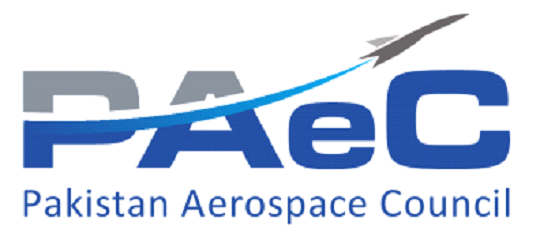Scientists Create UV Light-Emitting Drone to Fight COVID-19
The novel approach can reduce the impact of a second wave of COVID-19 by sterilising a wide variety of surfaces.
Irish scientists have developed an innovative autonomous drone that delivers sterilizing UV light from above in order to disinfect public surfaces and reduce the transmission of COVID-19 and other viruses.
The novel method, which harnesses the versatility of drones, was developed by researchers at NUI Galway’s Health Innovation via Engineering (HIVE) lab. Their aim is to provide an added line of defense against a likely second surge of COVID-19 as lockdown regulations are eased worldwide.

The UVC Drone sterilising a hospital room
The researchers developed an unmanned aerial vehicle (UAV) called the UVCDrone, which uses UV light to sterilize surfaces. The same team successfully developed a drone that can send life-saving insulin to remote locations last year.
Led by NUI Galway’s Professor Derek O’Keeffe and Dr. Ted Vaughan with Dr. Kevin Johnson from the University of Limerick, the team came up with a solution that could help to sanitize a wide variety of public places, including hospital wards, restaurants, trains, shopping centers, and airport terminals.
The UVCDrone utilizes UVC (100-280nm) which is a high frequency, short wavelength radiation. This can destroy the genetic material of microorganisms, preventing their capacity to reproduce — therefore sterilizing surfaces.
The light is harmful to humans, so the UVC Drone can easily be programmed to deliver the UVC light on surfaces at night time, or at specific times when spaces will be unoccupied.
The drone uses an AI algorithm to fly autonomously around a space while emitting its light over surrounding surfaces. Once finished, it lands back in its dock for recharging.








